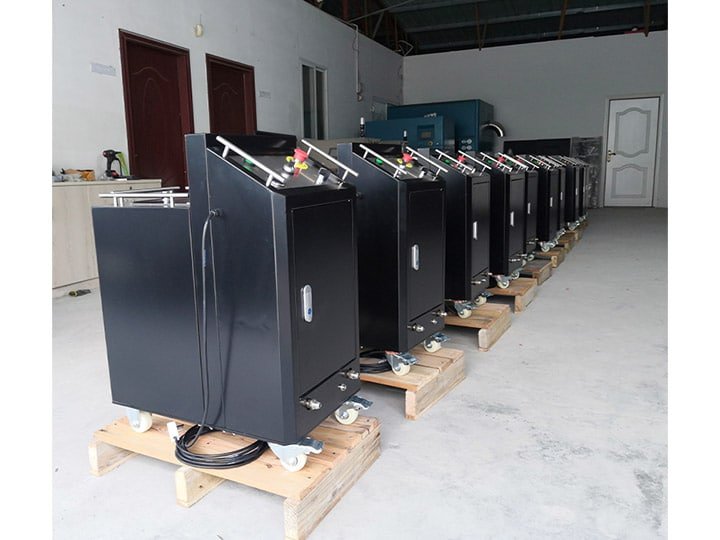Dry ice cleaning is a widely used cleaning method. It can be used for power equipment cleaning, industrial boiler cleaning, automotive parts cleaning, and electronic product cleaning. It will not damage the parts during the cleaning process, and Cleans well. This article introduces you to some frequently asked questions about dry ice blasting.
What happens to grease and dirt
Most grease and grime will fall on the floor and can be cleaned up. Very oily and damp areas are usually cleaned before cleaning with a dry ice blasting machine. Oily areas can be pretreated with absorbable materials to make cleaning easier.
Can dry ice cleaning machine be used indoors?
Dry ice blasting is a safe cleaning method that can be performed indoors. Dry ice pellets are a non-toxic, non-corrosive material that sublimates into the harmless gas carbon dioxide, which is released into the air without leaving any traces or debris. In addition, the carbon dioxide concentration produced by dry ice during sublimation is extremely low, and does not require a ventilator or other breathing equipment.
requirements for dry ice blasting units
Dry ice blasters require an inch of compressed air to work, so most blasting contractors choose to provide their own compressed air supply. Air temperatures above 140 degrees Fahrenheit can damage the internal components of the blasting unit, and many compressed air services can accumulate moisture from condensation inside the system, which can wreak havoc with the dry ice blasting process.
Main advantages of the dry ice blasting technology
Dry ice blasting is a non-abrasive, non-flammable and non-conductive cleaning method. It has no by-products because it dries completely. This means it is very versatile and can be used for a variety of general cleaning applications. It also allows most items to be cleaned in place without time-consuming and inconvenient disassembly. The unique properties of dry ice make it the perfect cleaning-in-place solution.
